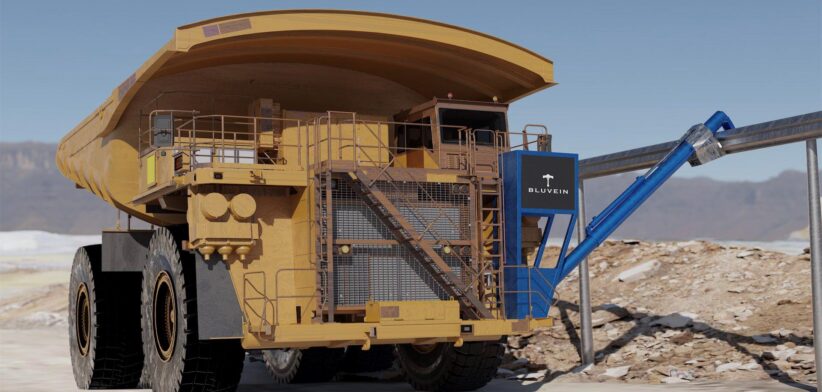A Brisbane company producing a first-of-its-kind dynamic charging system for heavy vehicles has received a multi-million-dollar Federal grant.
Northgate-based BluVein will use the $9 million Australian Renewable Energy Agency (ARENA) funding to trial its “hammer and rail” dynamic charging technology designed for heavy haulage battery electric mining vehicles.
BluVein CEO James Oliver said the system would help decarbonise Australia’s mining sector by enabling safe, in-motion electrification.
“By reducing diesel reliance, we aim to lower emissions and enhance operational efficiency, paving the way for sustainable mining practices,” Mr Oliver said.
He said the project would drive critical advancements in low-emission metals production.
ARENA CEO Darren Miller said BluVein aimed to prove what innovative technology could offer Australia’s most energy intensive industries.
“Australia’s heavy industries are a major source of emissions and energy use. If we’re serious about hitting our climate targets, we need bold solutions,” Mr Miller said.
“BluVein’s innovative hammer and rail technology could offer a solution for Australia’s reliance on billions of litres of diesel fuel by using renewable energy delivered through the grid to power mining haul trucks.”
He said BluVein would first develop and trial a 40-60 tonne prototype truck integrated with BluVein’s charging technology (BluVein1, approximately 1MW), for underground mining use, before extending the development of its technology to use for ultra-class heavy surface haulage trucking, with the BluVeinXL hammer and rail (approximately 8MW).
Mr Miller said the scalable system reduced mining emissions, enhanced worker safety through its protected rail design and adapted to any mine layout, optimising efficiency and productivity across diverse mining environments.
“Cleaning up mining and processing are critical steps in decarbonising the renewable energy supply chain.
“By reducing the reliance on diesel and electrifying machinery and site operations, mining can significantly contribute to producing low-emission metals and diversifying supply chains globally.”
Newsreel Fast Facts
-
Brisbane-based BluVein has secured a $9 million ARENA grant to trial its dynamic charging system for heavy electric mining vehicles.
-
The “hammer and rail” technology enables safe, in-motion electrification to cut diesel use in mining.
-
A 40–60 tonne prototype truck will be developed for underground mining before scaling up to ultra-class surface haul trucks.








